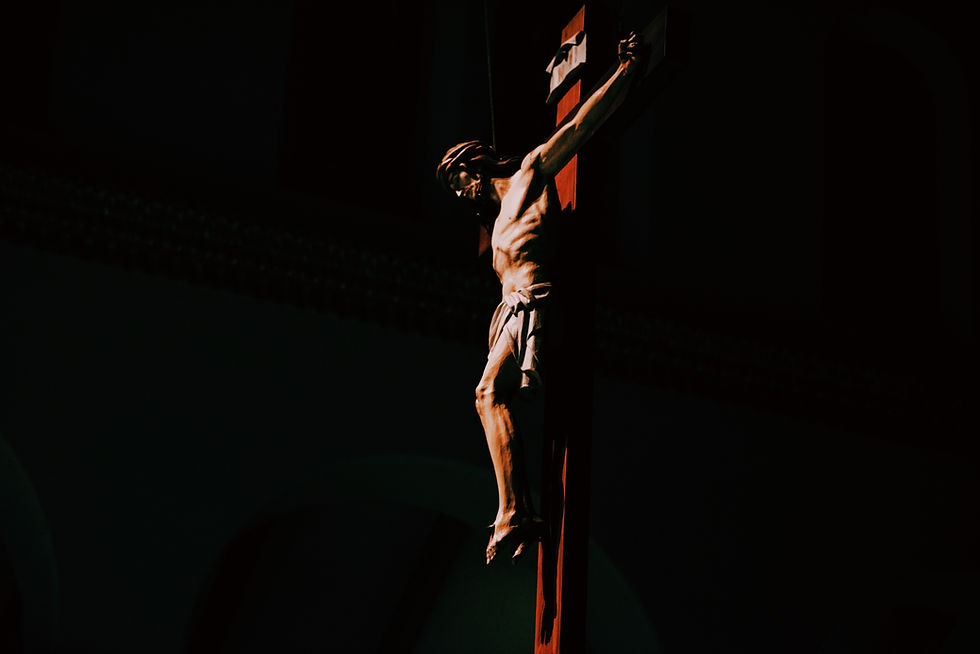Mardi Gras
- Logan Fude
- Feb 27, 2022
- 2 min read
Updated: Apr 10, 2023

As some of you may be aware, Ash Wednesday is coming up this Wednesday, on March 2nd, so let’s talk about Mardi Gras. Mardi gras translates to “Fat Tuesday” referring to the day before Ash Wednesday (Martin, 2021). Some will ask, why would you party right before lent? That doesn’t seem like a good way to prepare! Traditionally, Fat Tuesday had a practical purpose: during Lent rich foods were given up, such as eggs, cheese, meat, milk and lard (Editors, 2022). Many families being frugal, these foods needed to be eaten before the 40 days of lent began.
Incidentally, this also holds true for the South American Tradition of carnivals. “Carnival” comes from the medieval Latin “Carnelevarium” which means to remove meat. Hence, much meat is eaten in the week preceding lent so as not to go to waste.
Currently, many Catholics still give up these items, but not for the entirety of lent. The Roman rite requires that Fridays be meatless during lent, but many Catholics no longer fast from the other items, like cheese and eggs. In addition, Sundays and Solemnities during lent are celebrated as “mini-Easters” and involve eating meat and sweets.
I would be remiss if I didn’t mention the eye-catching Mardi Gras masks, beads, and other wild decorations. Unfortunately, Catholics don’t get the credit for that. According to the History Channel, “In 1827, a group of students donned colorful costumes and danced through the streets of New Orleans, emulating the revelry they’d observed while visiting Paris”. A decade later, the Mardi Gras parade became the tradition that New Orleans still hosts to this day.
Watch a 60 second video of this article:
References:
Editors, H. com. (2022, February 25). Mardi Gras 2022. HISTORY. https://www.history.com/topics/holidays/mardi-gras
Martin, F. R. (2021, January 12). Mardi Gras | Simply Catholic. https://www.simplycatholic.com/mardi-gras/



Comentarios